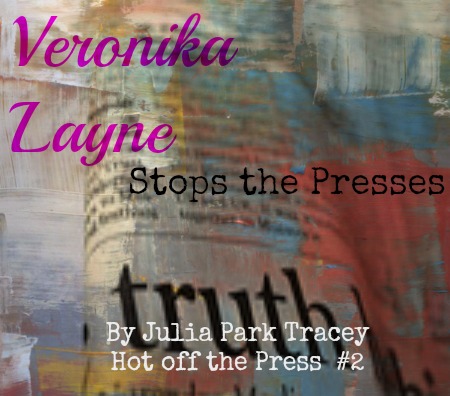recycling
- book biz, Books, green, My World and Welcome to It, recycling, sustainable living, The Doris Diaries
Tour des Livres de Oregon, et al
I’m leaving on Sunday, on the train. I am not a fan of flying, though I’ll do it. But, given the choice, I like the train better. I like being able to walk around, see where we are, eat dinner from china plates and watch the landscape roll by. My great aunt Doris traveled by train. So I’m taking the train on my book tour. It starts Sunday, and we (and by we, I mean Doris-who-lives-in-my-head and me, just us two. Just me, actually.) — we get on the train in Oakland at 9pm and arrive in Portland at 4pm, -ish. Then I have to skeedaddle to my hotel because…
-
a hazard to myself
I had a toxic relationship with my garage. It was ugly in there. Cans of half-used paint that were there when we moved in. Pesticide – which I never use. Old building supplies, like hardened bags of plaster and grout that had never been opened but had gotten damp. A bottle of chalk for marking lines at the soccer field (we don’t play soccer). And a rusting can of some kind of tar stuff for patching the roof – stick on the outside and too scary to actually open. Everyone knows (I hope) not to throw these things in the garbage – they will surely leak into the ecosystem –…
-
10 green things
A friend recently blogged about how she spent her frugal day (hello, Katy Wolk-Stanly and the Non-Consumer Advocate) and all the cool things she did in just a typical day that saved money. Shamelessly riffing on her Frugal Day is this, my Green Day, or how I – without pain or needless suffering – make green choices every day. 1. Reheated yesterday’s coffee. I didn’t finish the pot of coffee yesterday, and sure, I could have thrown it out and made new fresh coffee. But where does coffee come from? Not Alameda County. No, it’s generally shipped from at least Central America or Hawaii, and at most, from Africa or farther…
-
Trash and the Single Female
I’m not a single female. Happily married, see? (waggles ring finger.) But I’m the only female in this house. So why am I head-down in the trash can? How did taking out the garbage become a gendered job? Should I feel like I’m doing the gentlemen (Mr Husband and The Boy) a big fat favor when I’m taking out the trash? Should I get annoyed when it’s still sitting here in the kitchen? Who died and made me the Boss of Everything? Uh. No one. Of course, I wouldn’t be alone in thinking that taking out the trash is the man’s job. Check out these marriage experts, and this one,…
-
many changes instantly
Farewell, White House. I used to work for MCI, one of the early long-distance companies, which came into its own after the breakup of the telephone monopoly. Sprint still exists, but MCI was bought up by someone else and is long gone. However, back in the day (this was about 1986), we workers of the early telemarketing plantations often received new edicts from above. So many that we said the company’s initials must stand for “Many Changes Instantly.” So here we are, in MCI mode — many changes instantly. Three months ago I was enjoying a full house of offspring and a healthy husband, chickens, a lovely piano, 5 bedrooms…







